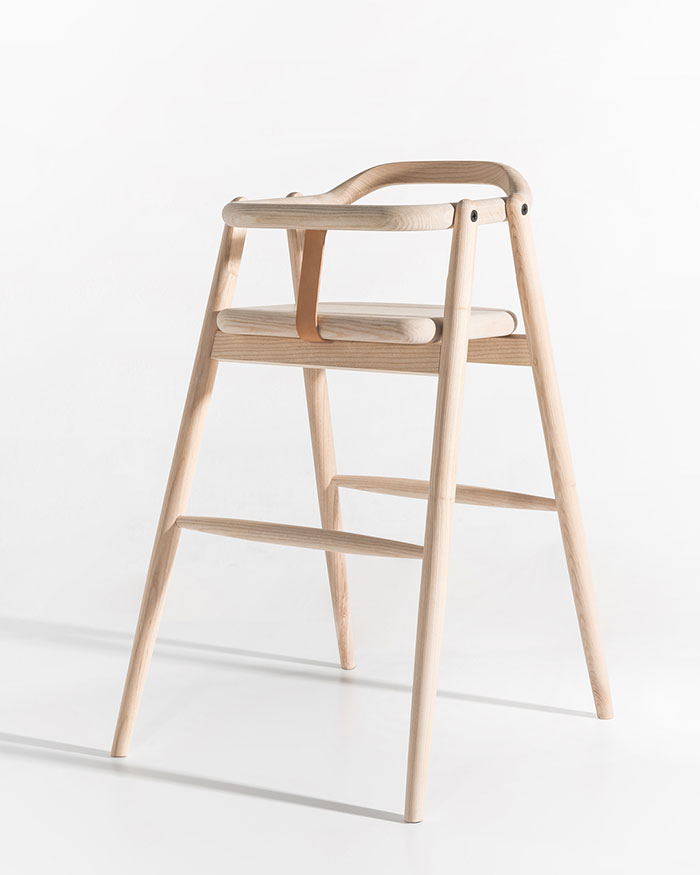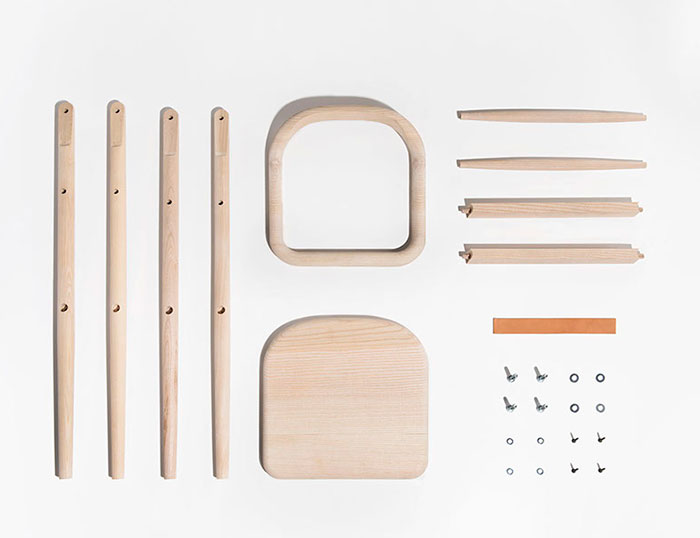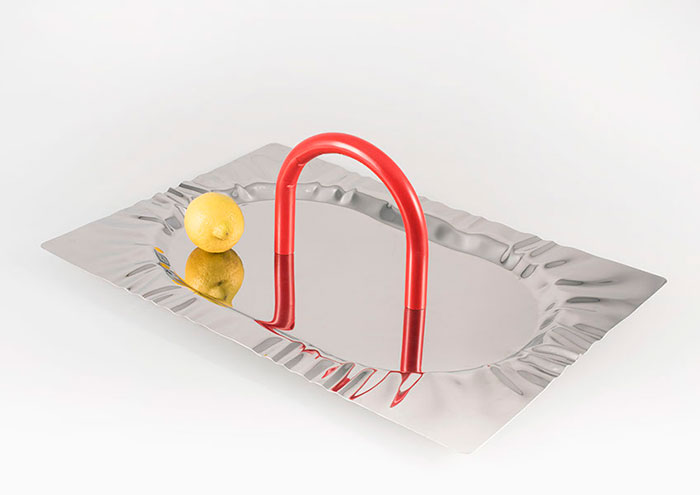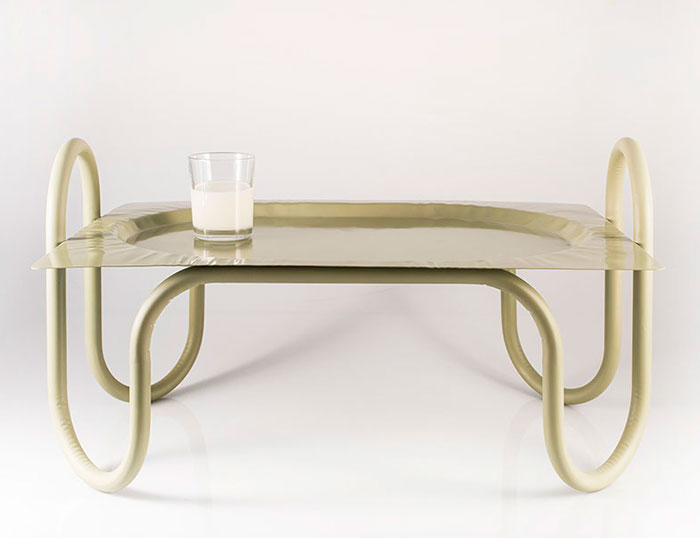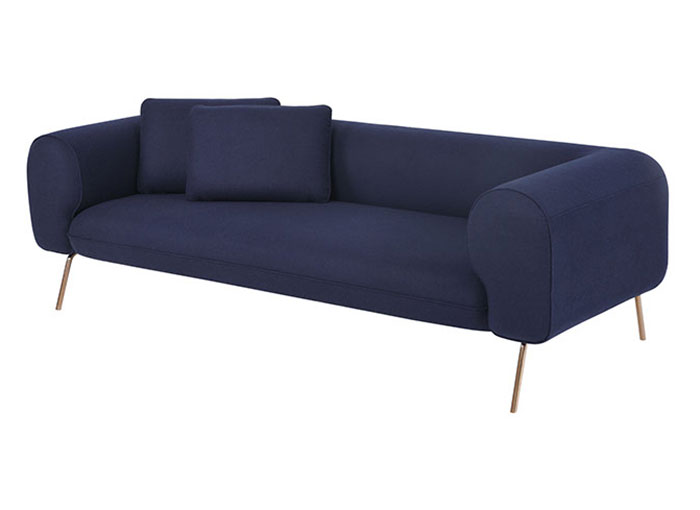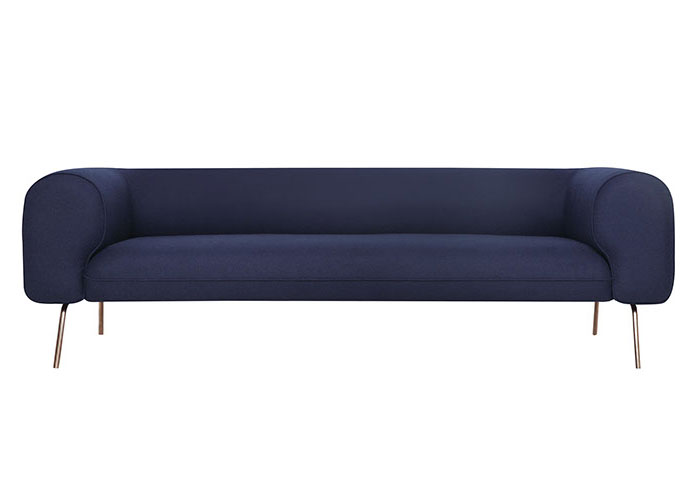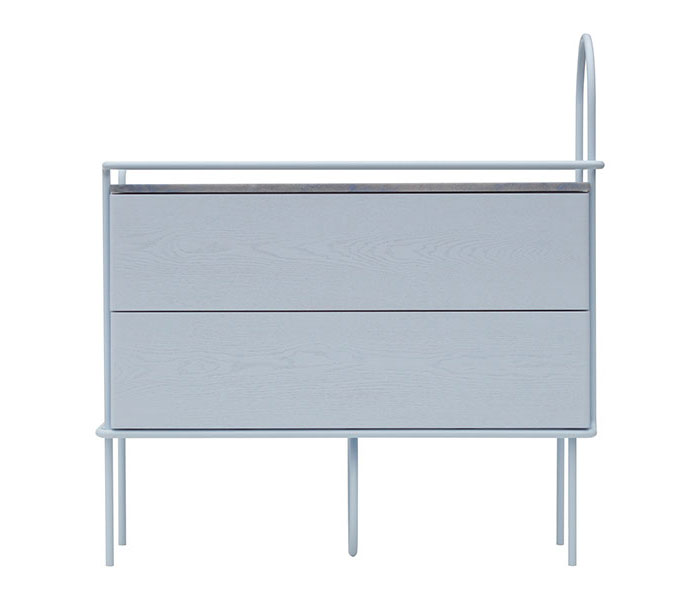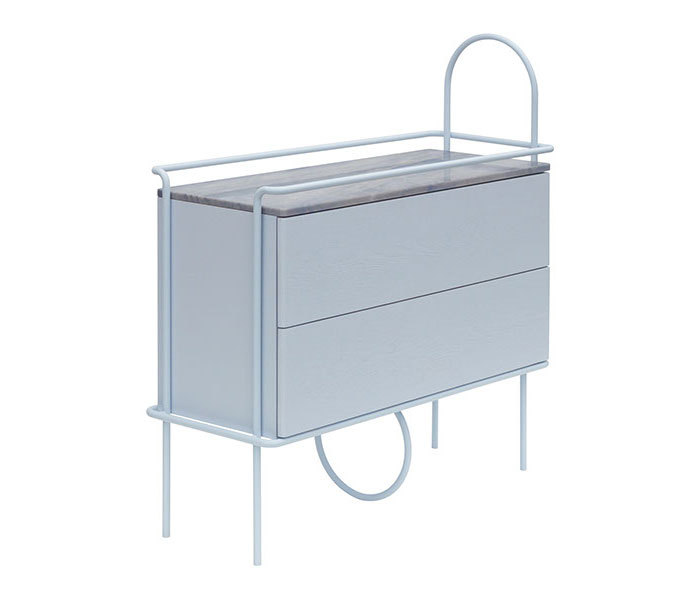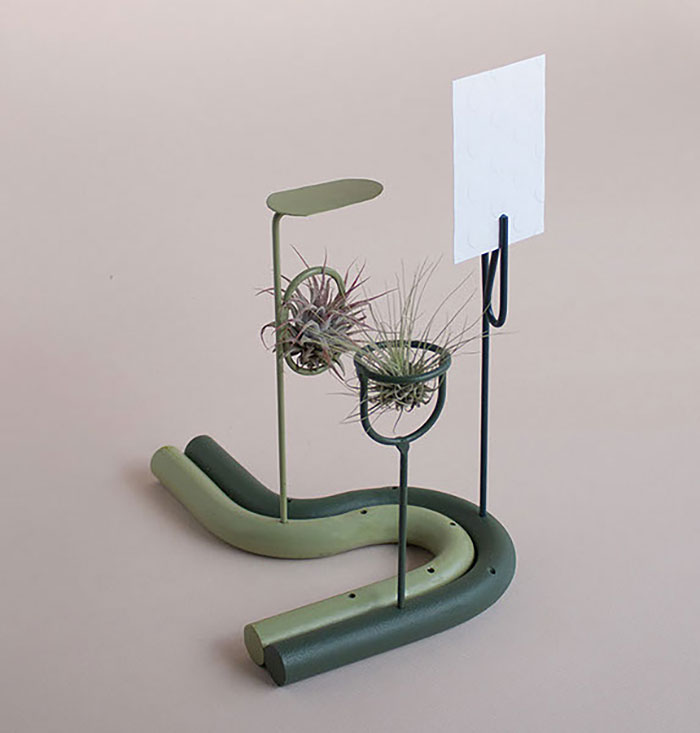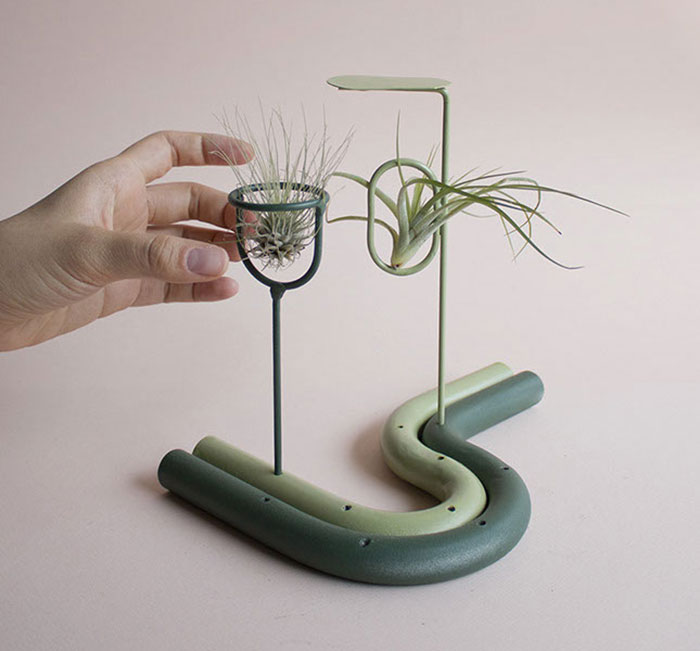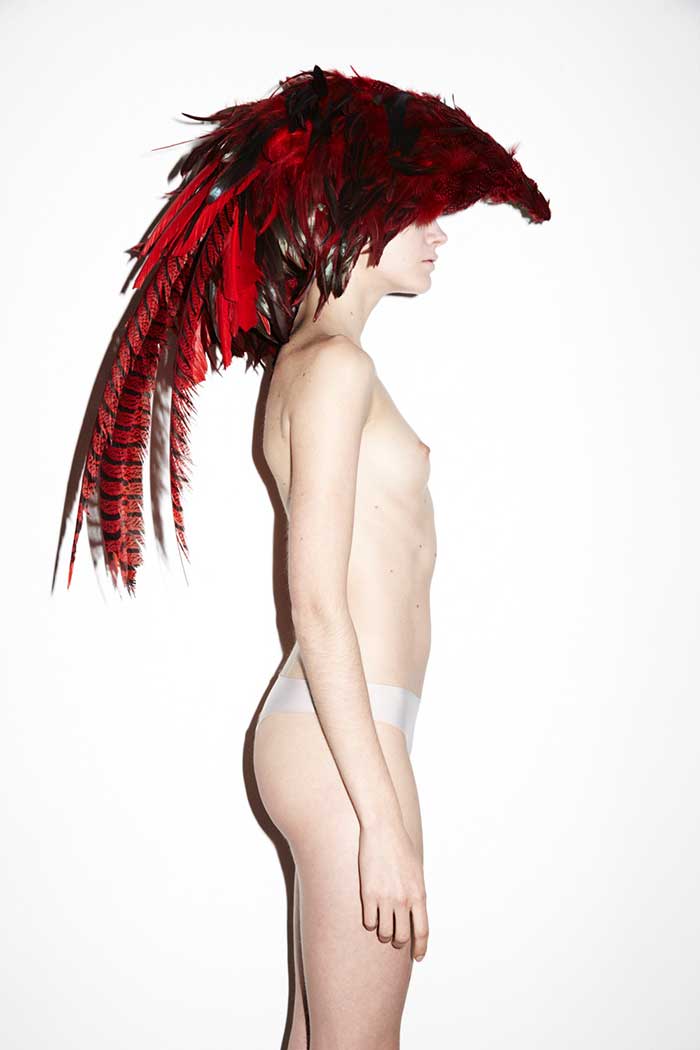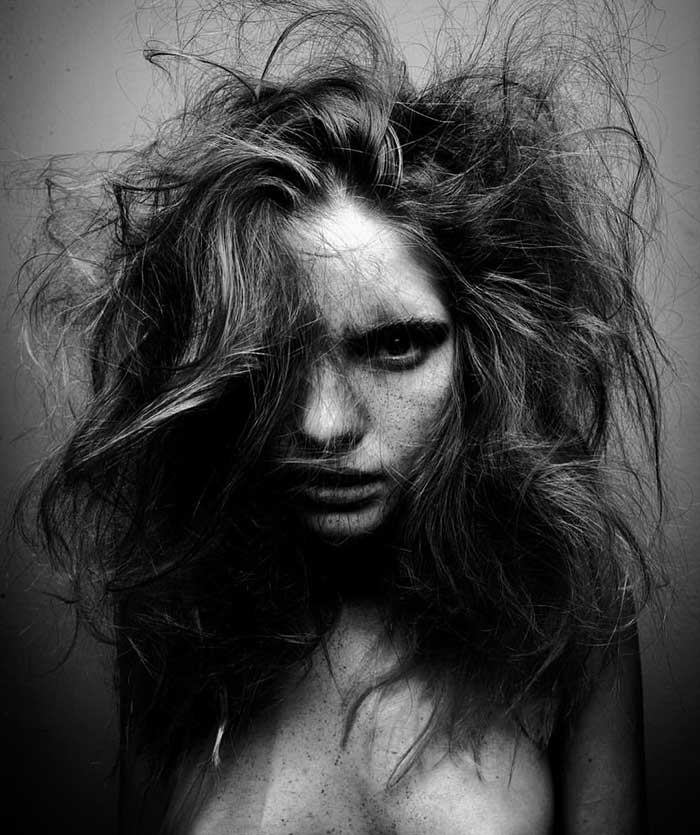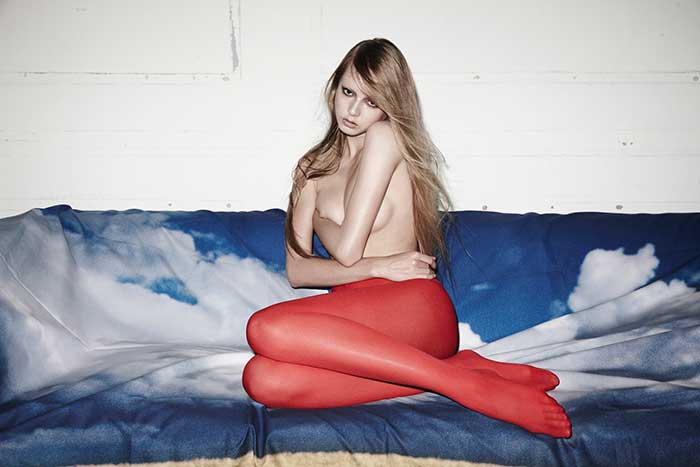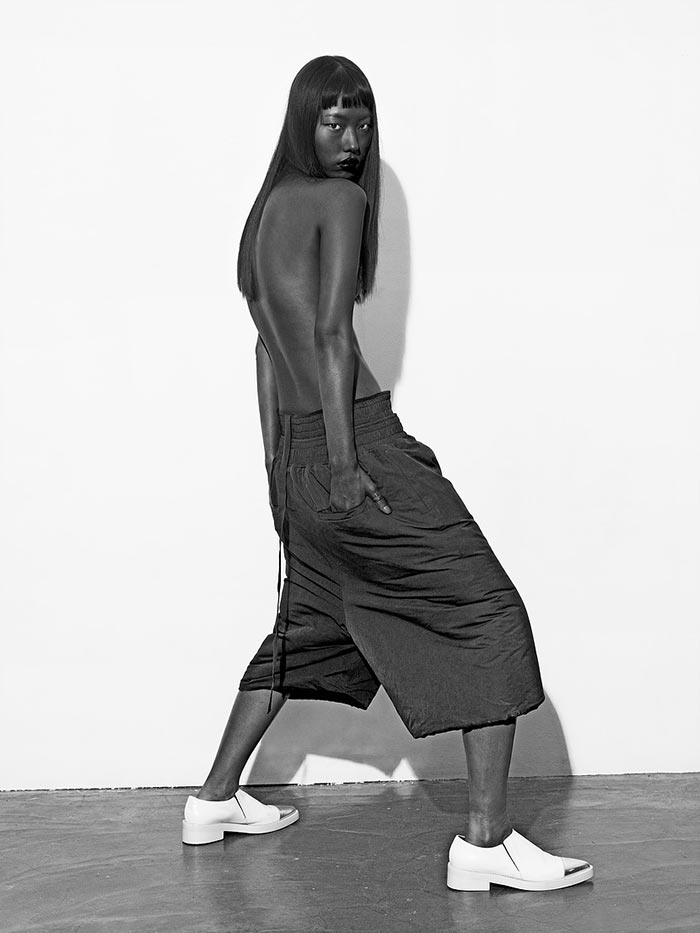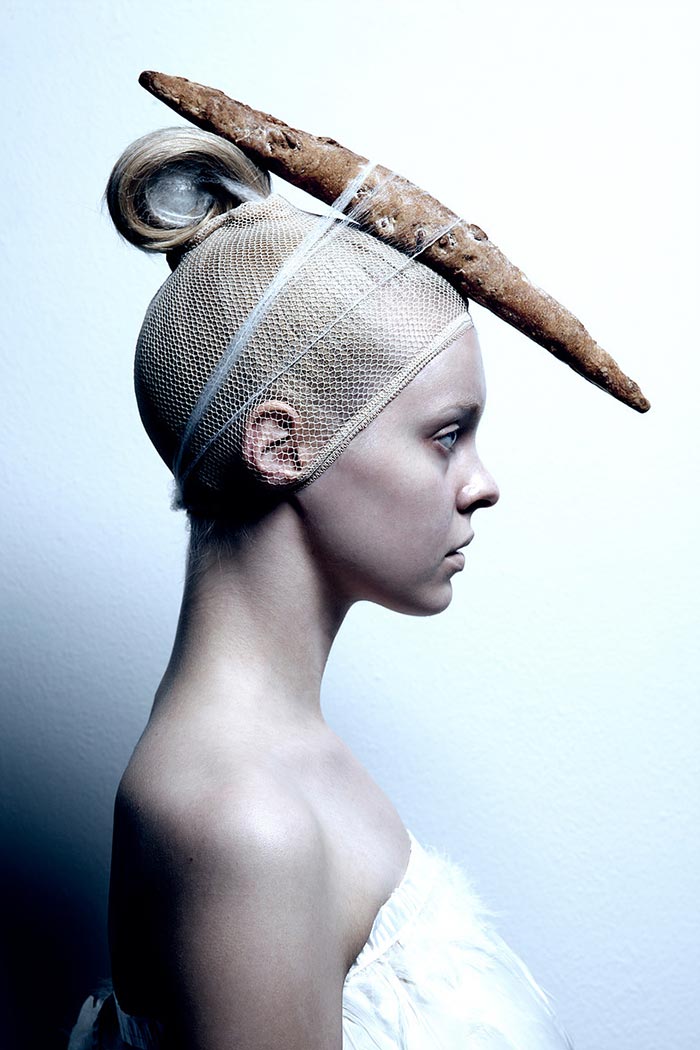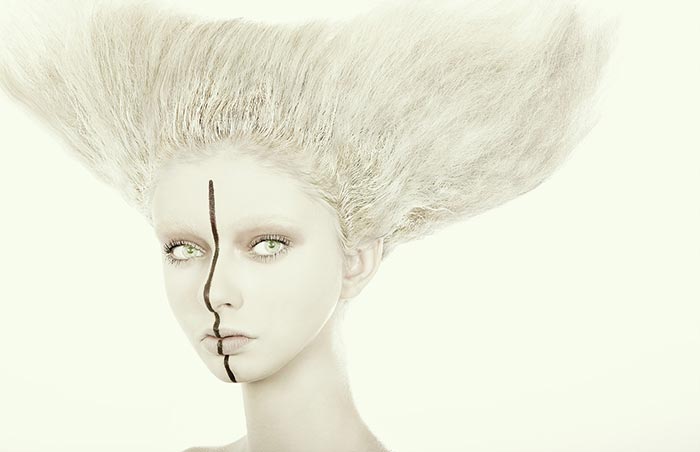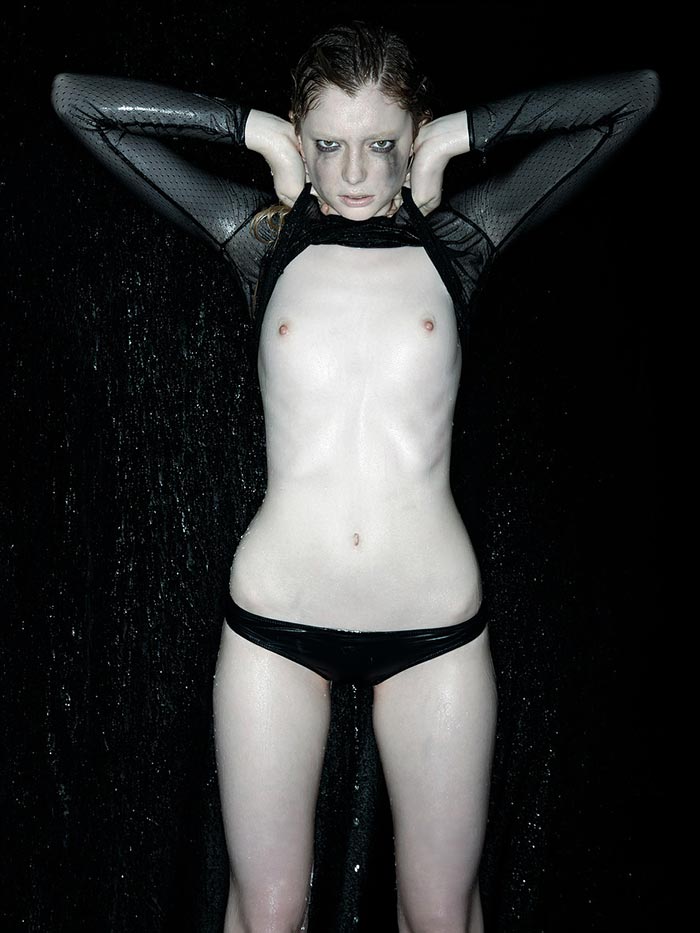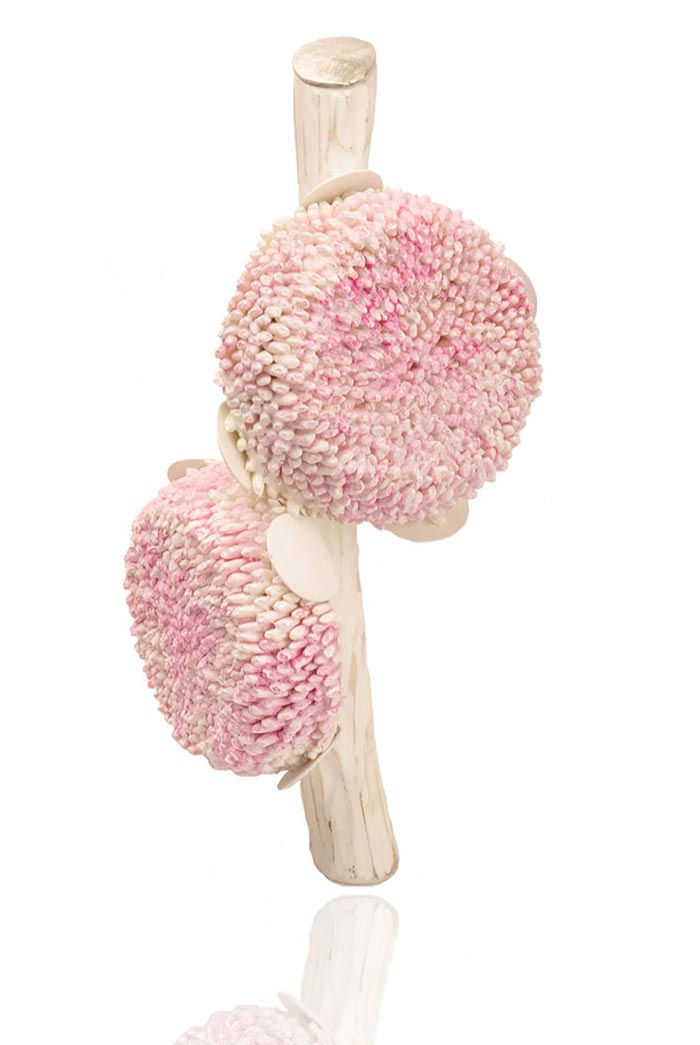
Brooch: Plum Blossom, 2015
Wood, rice, silver, lacquer, 8 x 2 x 14cm
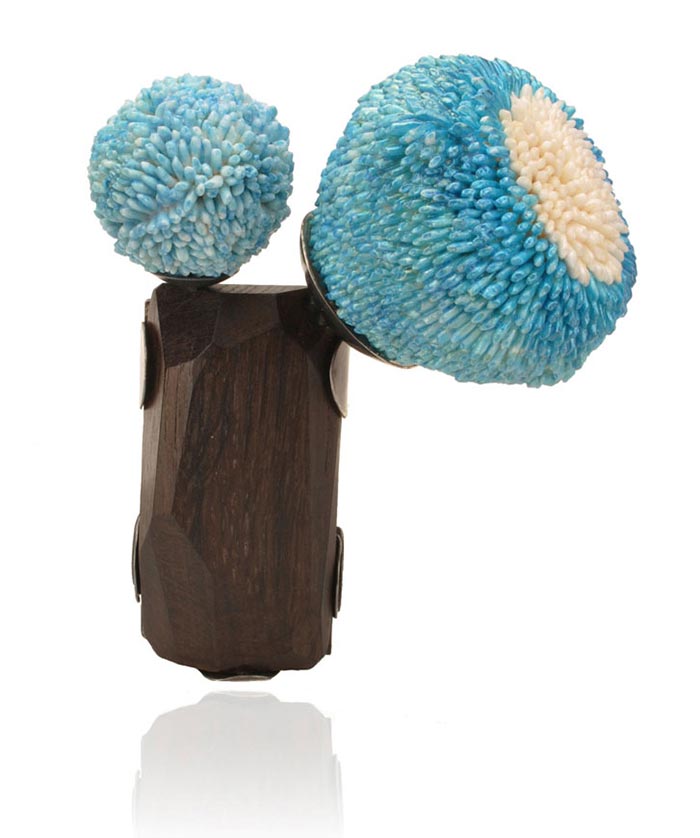
Brooch: Blue Thistle, 2015
Hanji( traditional korean paper), rice, ebony, water color, porcelain pigment, nail polish, 9 x 6 x 11 cm
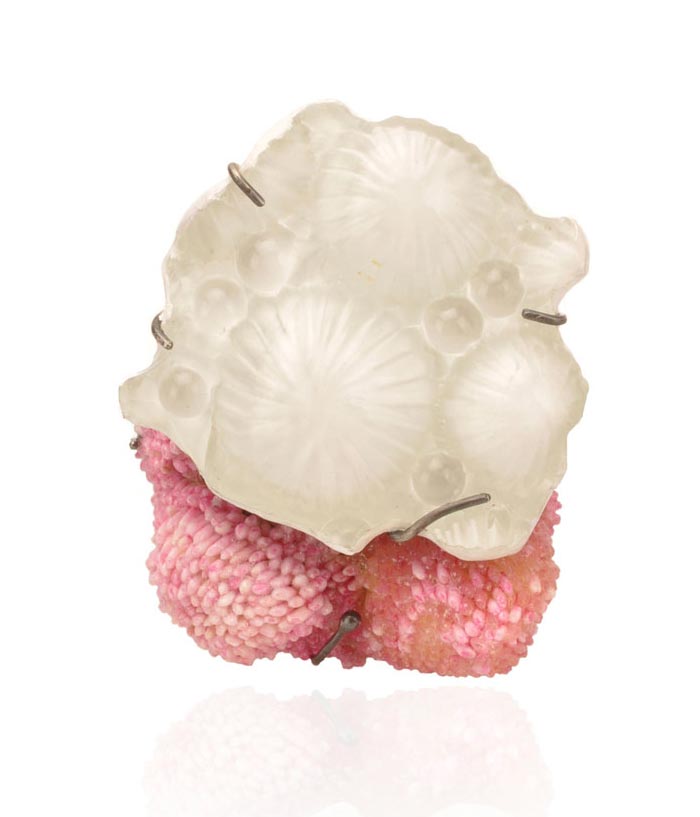
Brooch: Hide and Seek, 2015
Hanji(traditional korean paper), rice, found glass, amethyst, oxidized silver, water color, acrylic color, 6 x 5 x 8cm
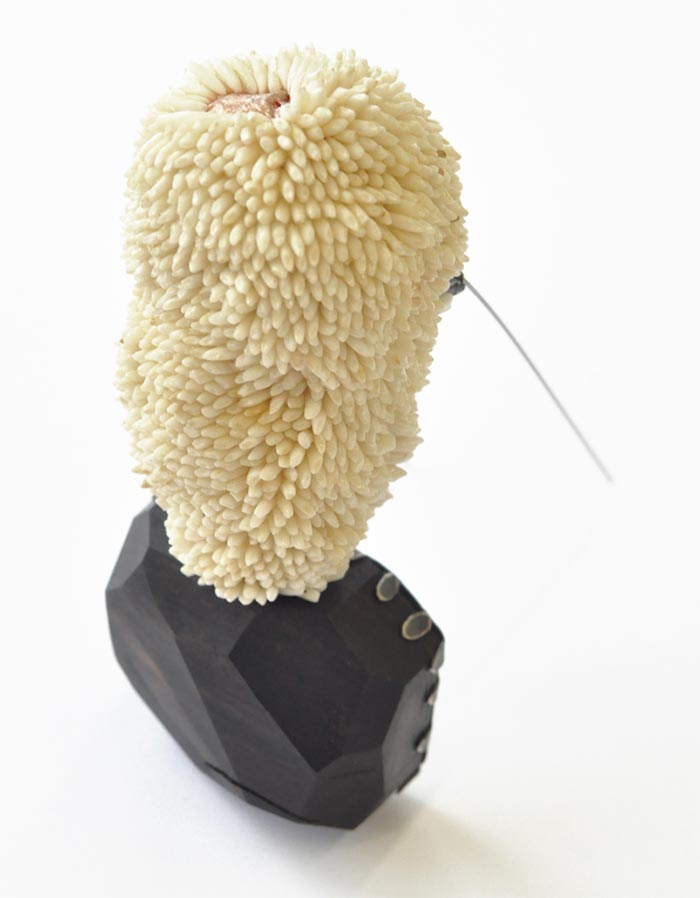
Brooch: Eat It or Wear It, 2015
Hanji( traditional korean paper), rice, ebony, oxidized silver, brass, nail polish
4 x 4 x 11 cm
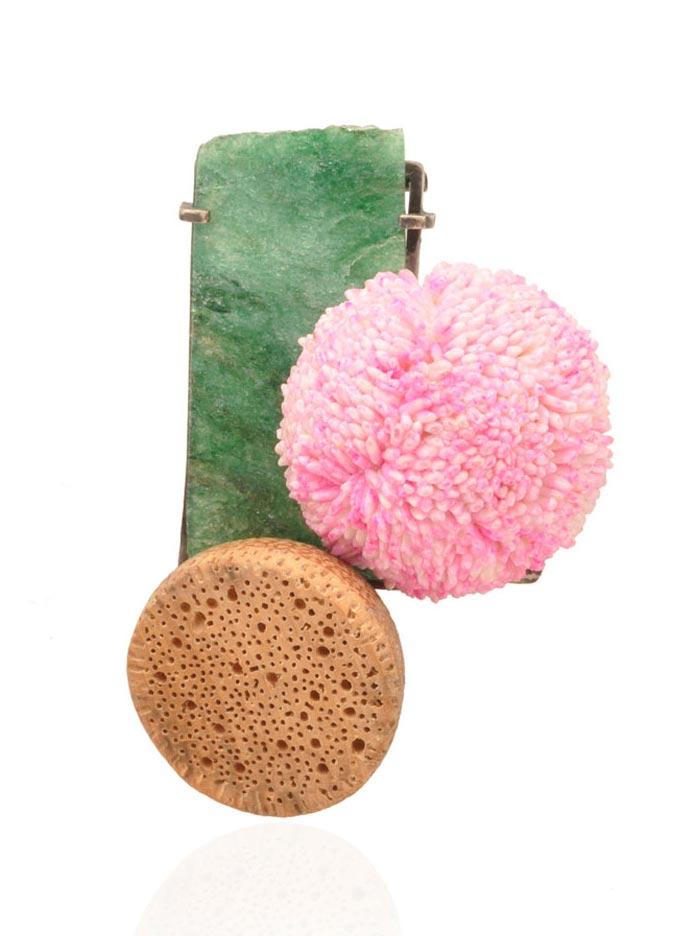
Brooch: Lotus, 2015
Rice, paper, found wood, aventurine, oxidized silver, water color, 6 x 4 x 10 cm
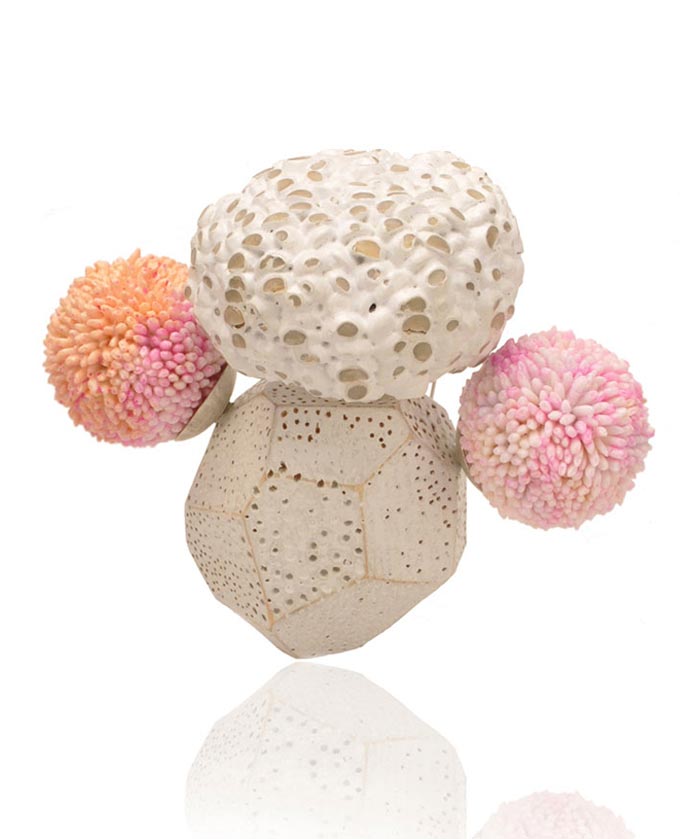
Brooch: Untitled, 2015
Hanji( traditional korean paper), rice, beans, silver, wood, lacquer, 11 x 6 x 10 cm
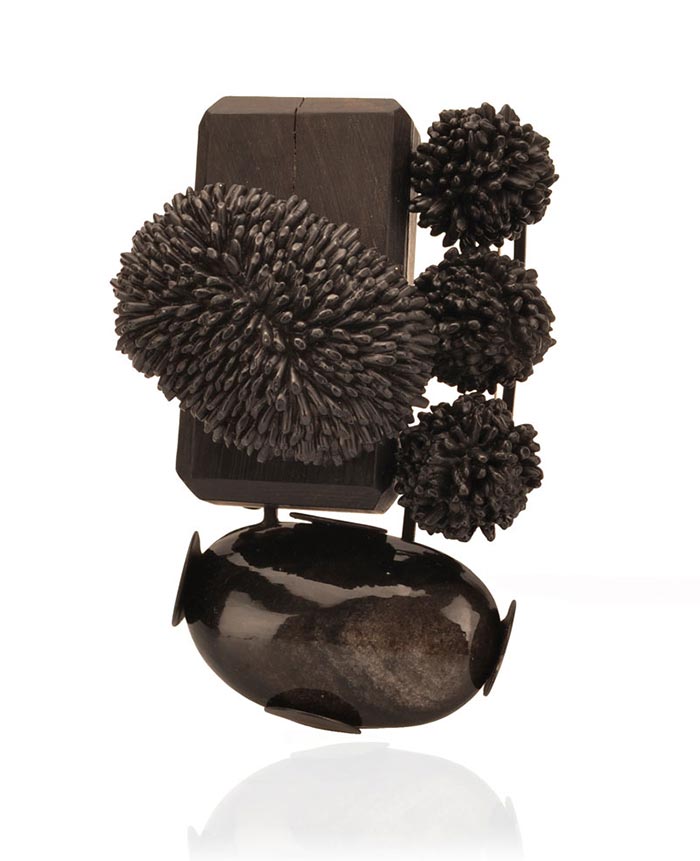
Brooch: Black with Black, 2015
Hanji( traditional korean paper), rice, ebony, oxidized silver, lacquer, obsidian, 10 x 5 x 7 cm
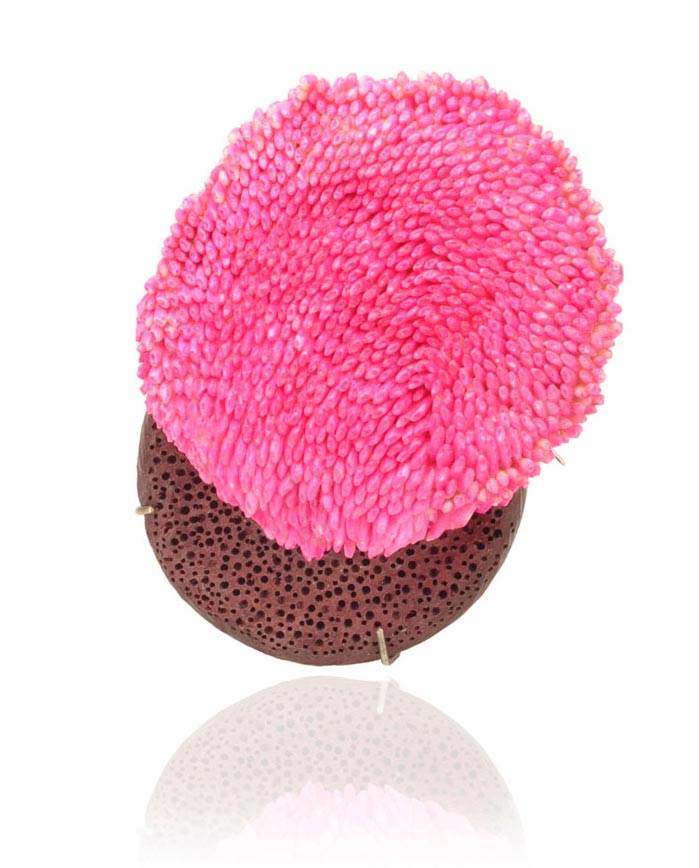
Brooch: Pink Daisy, 2015
Hanji(traditional korean paper), rice, oxidized silver, purple heart wood, acrylic color, 6 x 3 x 9 cm
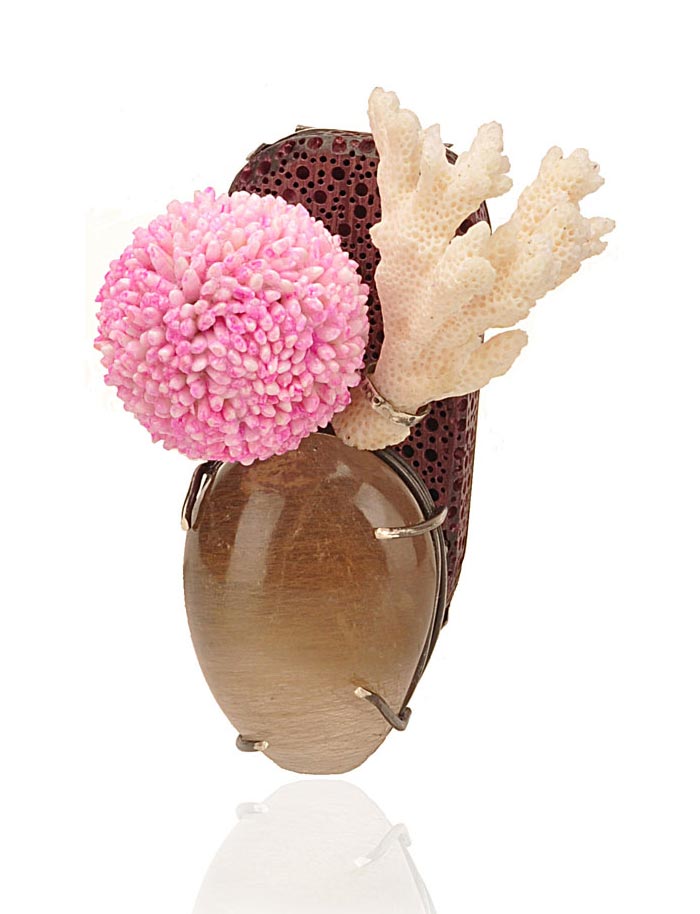
Brooch: Rutile Vase, 2015
Rice, purple heart wood, coral, rutile quartz, oxidized silver, keum-boo (24k Gold Foil), water color, 6.6 x 5 x 10 cm
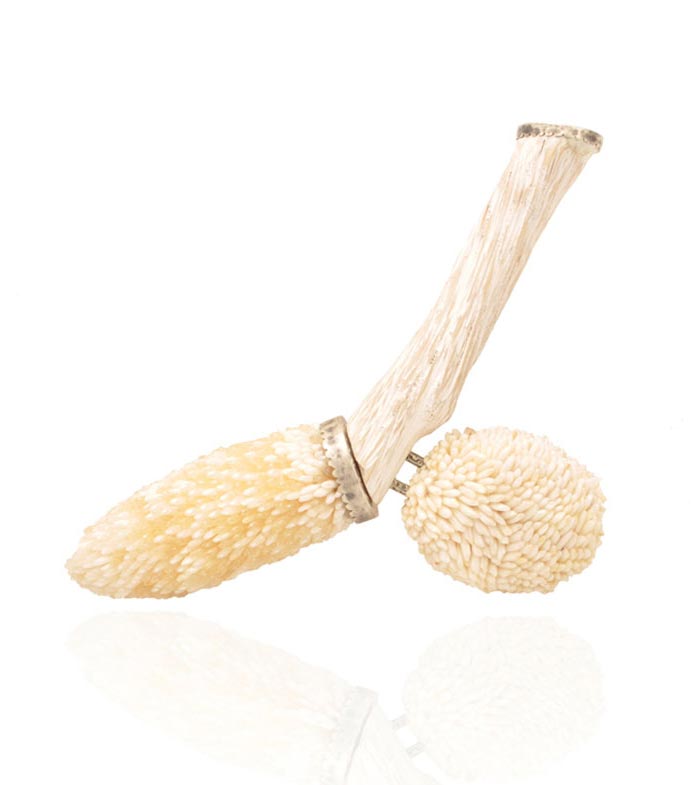
Brooch: Untitled, 2015
Hanji( traditional korean Paper), rice, wood, oxidized silver, nail nolish, 10 x 2 x 15 cm
Born in Seoul, South Korea. In 2005 studied Bachelor of Arts at Hong-Ik University, Metal Art and Design in Seoul, South Korea. In 2012 studied Bachelor of Arts at Fachhochschule Düsseldorf, Applied Art and Design, Germany. In 2015 graduated Master of Fine Arts University of Applied Sciences Trier, Gemstones and Jewellery, Idar-Oberstein. Lives and works in Pforzheim, Germany.
Every day we are surrounded by and interact with countless objects. What are they and why they are so commonplace that we sometimes not notice them? Although we neglect them easily, they help us to live our lives more comfortably, easily and elegantly. They are so intimate with our daily life, that we often loose recognition of their existence. We become aware them only by our needs or by sense of absence when they are gone.
Beyond the consideration of preciousness and non-preciousness, we need to question how the material can act storage of ideas. The ideas might not only be focused on gold and silver, but also can be with things that surround us daily and how these materials can be alternatively considered. Without the restraints of high value materials there is the freedom to face the common perceptions about jewelry. Jewelry itself has a great value, but mostly this value depends on what materials it is made of.
But I think jewelry can be made from any other materials such as natural and man-made materials, wood, stone, glass and metals and so on. I am from the culture, where the jewelry is just focused on money. People generally don’t perceive jewelry conceptionally as a tool of expression but as financial property. The people’s imprinted thinking is that jewelry is supposed to be made of precious metal and decorated with gemstones. This has made people hesitant to explore the use of various ingredient within material.
For that reason, I was always questioning if the material is not conventional how can it create a value in the eye of the wearer or viewer? If a piece of jewelry is not ‘precious’ in the traditional way, then what is it that attracts us to it and still are thy valuable?
For example, when people think about rice and beans, the first thing that comes to mind is food-not adornment, not gold or silver. These grains are important for our nourishment and survival. To me, they have a sort of beauty to them.
The purpose of my pieces are for viewer or wearer may appreciate values beyond the material. My practical works are made with rice, beans, found objects, paper and silver. One is clearly perceived as more valuable than the other. This will indeed lead contrasting combination to the wearer and everything that is valuable or not, in our perception, becomes valuable in a variety of way. - Saerom Kong
Saerom Kong
